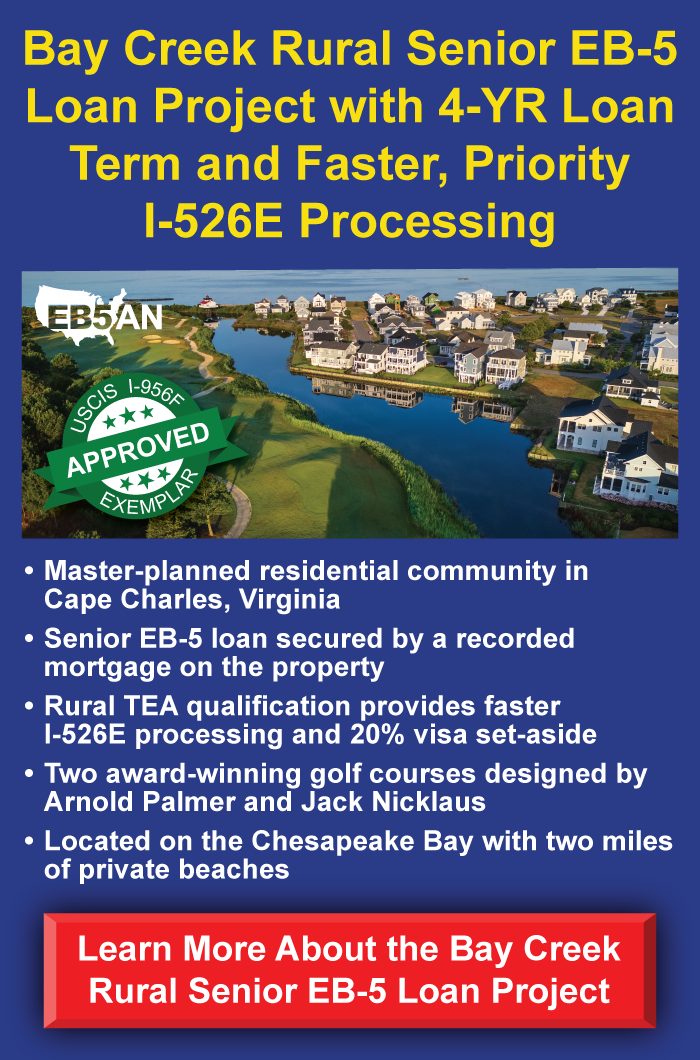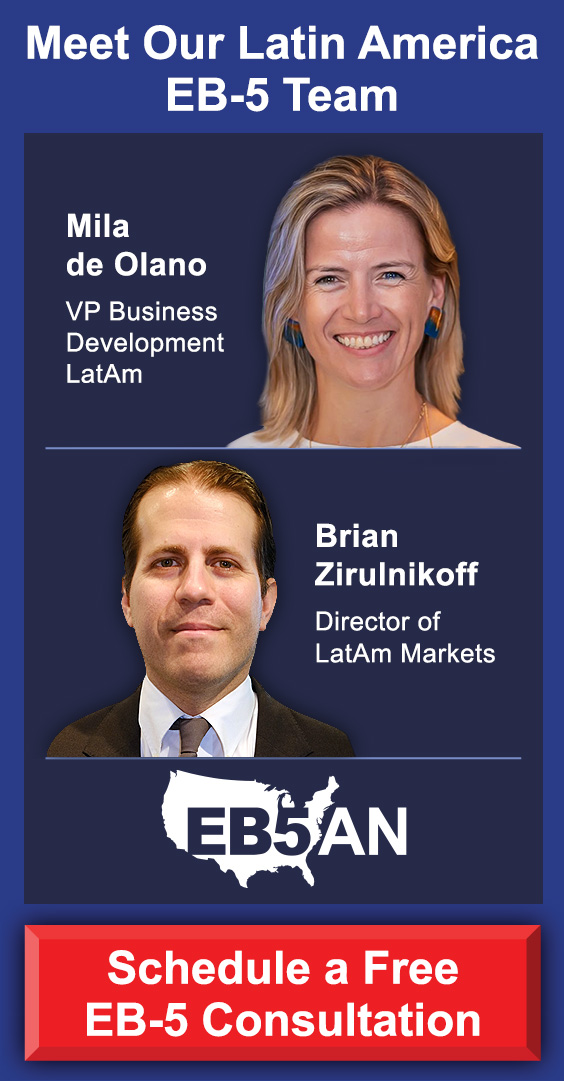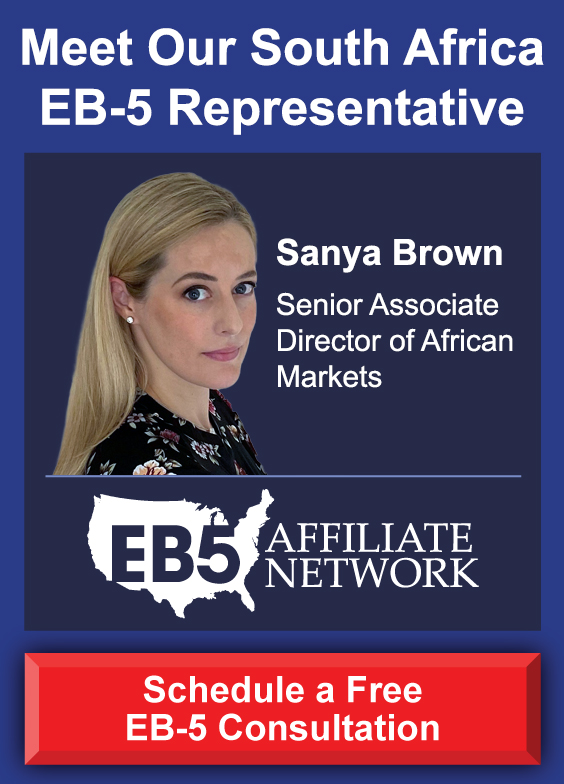For investors exploring the EB-5 Immigrant Investor Program in 2025, one of the most common and pressing questions is: how long will it take to get a Green Card? The answer depends on a variety of factors, including the investor’s country of birth, whether they are already in the U.S. or applying from abroad, and which regional center or project they choose to invest in.
At EB5AN, we understand how valuable your time is. That’s why we’ve streamlined our EB-5 process to help eligible investors secure U.S. Green Cards as efficiently as possible. In fact, we’ve had EB-5 investors receive Green Card approvals in as little as 9.5 months, with multiple approvals coming through in under 12 months—a timeline we’re proud of.
But let’s walk through what the average EB-5 applicant in 2025 can expect, including how long each step may take, and why certain investors might have a faster path than others.
The Initial Steps: Choosing a Project and Making the Investment
Filing the I-526E Petition: Establishing Eligibility
Two Paths Forward: Consular Processing vs. Adjustment of Status
How Nationality Affects Processing Times
Why Project Selection Matters
A Timeline for EB-5 Investors in 2025
Faster Paths Are Possible
The Initial Steps: Choosing a Project and Making the Investment
Every EB-5 journey begins with selecting an eligible investment project. Investors must commit a minimum of $800,000 in a targeted employment area (TEA) or $1,050,000 in a non-TEA to qualify. This step involves conducting due diligence on available projects, verifying their compliance with EB-5 program requirements, and ensuring they have the potential to generate at least 10 full-time U.S. jobs.
While the timeframe for this stage varies depending on how quickly investors are able to complete their evaluations and documentation, many are able to move from project selection to investment in a few weeks. Working with a regional center like EB5AN, known for its transparency and pre-vetted project offerings, can significantly accelerate this early phase.
Filing the I-526E Petition: Establishing Eligibility
Once the investment is made, the next step is submitting Form I-526E to U.S. Citizenship and Immigration Services (USCIS). This petition demonstrates that the investor meets all EB-5 program requirements and that their capital will be used in a way that creates U.S. jobs.
Processing times for the I-526E can vary, and official estimates may still cite timeframes of a year or more. However, many well-prepared filings, particularly those connected to high-quality regional center projects, are being approved much faster. In fact, we’ve seen multiple I-526E approvals within 12 months, with a recent case reaching approval in just 9.5 months, a remarkable milestone in a program often associated with lengthy delays.
Two Paths Forward: Consular Processing vs. Adjustment of Status
When filing immigrant petitions, the route an investor takes next depends largely on their current immigration status and location. There are two primary paths: adjustment of status for those already in the U.S. and consular processing for those applying from abroad.
Adjustment of Status (Concurrent Filing)
For investors who are already in the United States on a valid nonimmigrant visa, such as an H-1B, F-1 student visa, or L-1 intracompany transfer visa, there is a unique opportunity: the ability to file for adjustment of status (Form I-485) at the same time as the I-526E petition, a process known as concurrent filing.
This concurrent process offers significant advantages. Investors and their family members can receive employment authorization documents (EADs) and advance parole travel permits in as little as 30 days to a few months after filing. These benefits allow applicants to work legally in the U.S. and travel internationally while waiting for their Green Cards to be approved.
Ultimately, the full adjustment of status process can take more than a few months, but having lawful status and the ability to live and work in the U.S. during that time makes this pathway especially appealing to qualified applicants.
Consular Processing (Outside the U.S.)
For those applying from outside the U.S., the post-approval process involves consular processing. After I-526E approval, the investor’s case is forwarded to the National Visa Center (NVC) for pre-processing, after which a visa interview is scheduled at a U.S. consulate or embassy.
This route typically takes a few additional months beyond the I-526E approval, depending on country-specific consulate schedules and caseloads. Once the interview is complete and the immigrant visa is issued, the investor and family can enter the U.S. as lawful permanent residents.
Consular processing is straightforward for applicants from non-backlogged countries, but those from China or India may face longer waits. That said, new “set-aside” visa categories are helping mitigate these delays for many investors.
How Nationality Affects Processing Times
Not all EB-5 applicants face the same timeline. Country of birth plays a major role in determining visa availability. Investors from countries like China and India may experience longer waiting times due to visa retrogression (essentially a queue that forms when demand exceeds annual visa caps). The set-aside visa categories still remain current, however, this may change soon.
By contrast, applicants from most of Europe, Latin America, the Middle East, and parts of Asia currently face no visa backlog, allowing their cases to move more quickly through both I-526E and visa issuance stages.
Investors from retrogressed countries can still shorten their timelines by investing in reserved visa categories, which have dedicated annual visa allocations that are not impacted by standard backlogs. Rural TEA projects also benefit from priority processing by USCIS, so investing in those projects can be the best strategy for investor from high-demand countries.
Why Project Selection Matters
One of the most underrated factors affecting EB-5 processing speed is the quality of the investment project itself. Choosing a project sponsored by an experienced and compliant regional center can minimize the risk of requests for evidence (RFEs) or denials, both of which can introduce significant delays.
At EB5AN, we offer our projects specifically with USCIS standards in mind. Our team ensures every investor package is fully documented, compliant, and structured to meet job creation and capital at-risk requirements from day one. The result is faster approvals and smoother transitions for investors.
A Timeline for EB-5 Investors in 2025
So, what should investors expect when they begin the EB-5 process in 2025? While every case is unique, a realistic breakdown looks like this:
- Project selection and investment: A few weeks to a few months.
- I-526E petition processing: Often under 12 months for well-prepared cases.
- Adjustment of Status (if in the U.S.): Work/travel permits in 3–6 months, sometimes less; Green Card in 9–24 months.
- Consular Processing (if abroad): Interview and visa in a few months after I-526E approval, though availability depends on each embassy.
With a strategic approach and support from an experienced team, many EB-5 investors today are seeing total processing timelines under two years, with some, like our Twin Lakes Georgia investors, obtaining approvals in less than one year.
Faster Paths Are Possible
While official estimates from USCIS may suggest a longer road, the EB-5 process in 2025 offers real opportunities for faster and more predictable outcomes, especially for applicants eligible for concurrent filing.
Transparency is of the utmost importance to EB5AN. We have helped more than 2,300 families from 70+ countries become lawful permanent residents of the United States. Our team has more than a decade of experience and offers clients first-rate, low-risk EB-5 regional center projects with a 100% USCIS project approval rate.
If you would like to know more about fast-tracked paths to a U.S. Green Card, book a free call with our expert team today.











